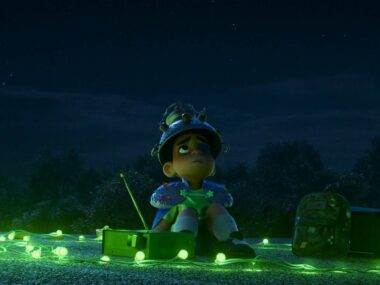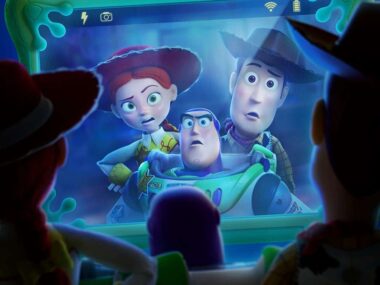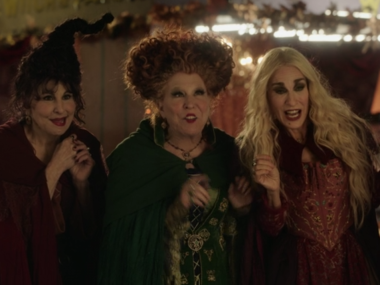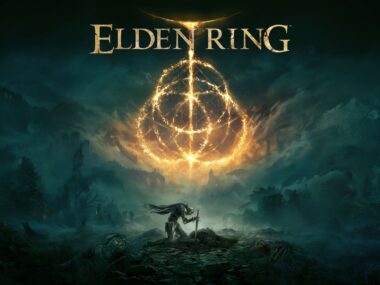Spoiler Alert 🚨: This article contains spoilers for the film Inside Out 2. Reader discretion is advised.
It’s no surprise that Inside Out 2 is currently the highest-grossing animated film in history. With its vibrant characters personifying emotions, the Disney and Pixar film delivers a realistic portrayal of how mental health affects well-being.
While the sequel continues the first film’s theme—that even negative emotions have a purpose—it also highlights how growing up forces us to let go of the need to control everything.
Welcome to Puberty
Now that Riley Anderson is 13, the Mind Workers make drastic changes to Headquarters to reflect her maturing mind.

- They install a new control console that intensifies the impact Joy, Sadness, Anger, Disgust, and Fear have on Riley’s behavior.
- Additionally, Riley now has a Belief System, which uses memories to build her Sense of Self.
- To guide Riley into being a good person, Joy only adds happy memories to the Belief System while sending the negative ones to the Back of the Mind.
The Arrival of New Emotions
As Riley heads to a three-day ice hockey camp, new emotions—Anxiety, Envy, Ennui, Embarrassment and Nostalgia—make their presence known at Headquarters.
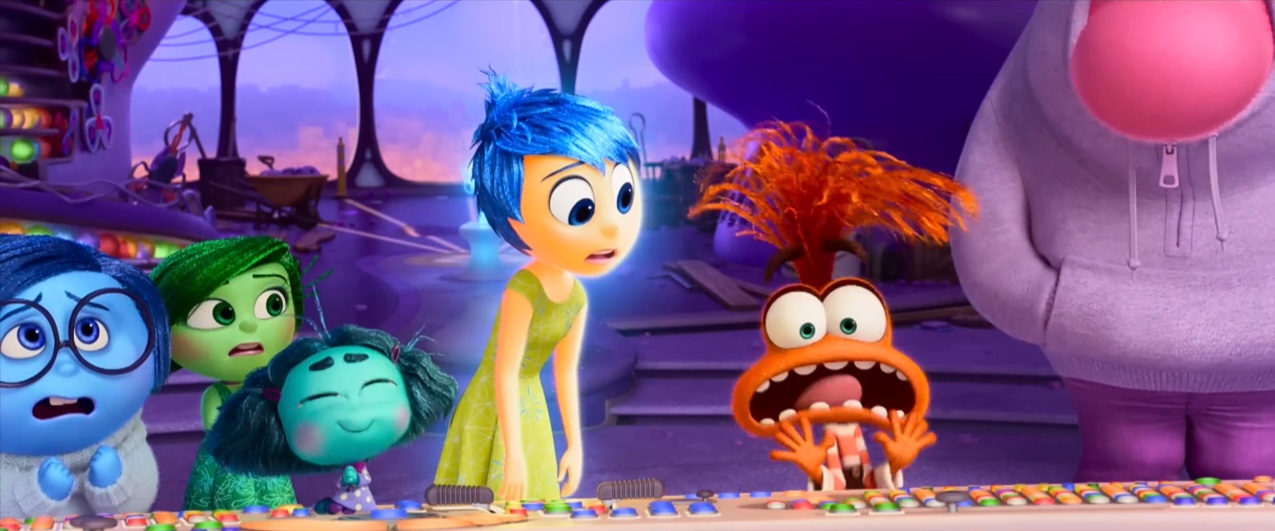
After Joy gets Riley into trouble at camp, Anxiety decides the original emotions are no longer needed and exiles them from Headquarters. She then tears out Riley’s Sense of Self to make her more open to suggestion and works to form a new one using anxiety-fueled memory orbs.
Anxiety Takes Over
While the new emotions were helpful to Riley initially, Anxiety quickly becomes the dominant influence, harming her both mentally and physically.
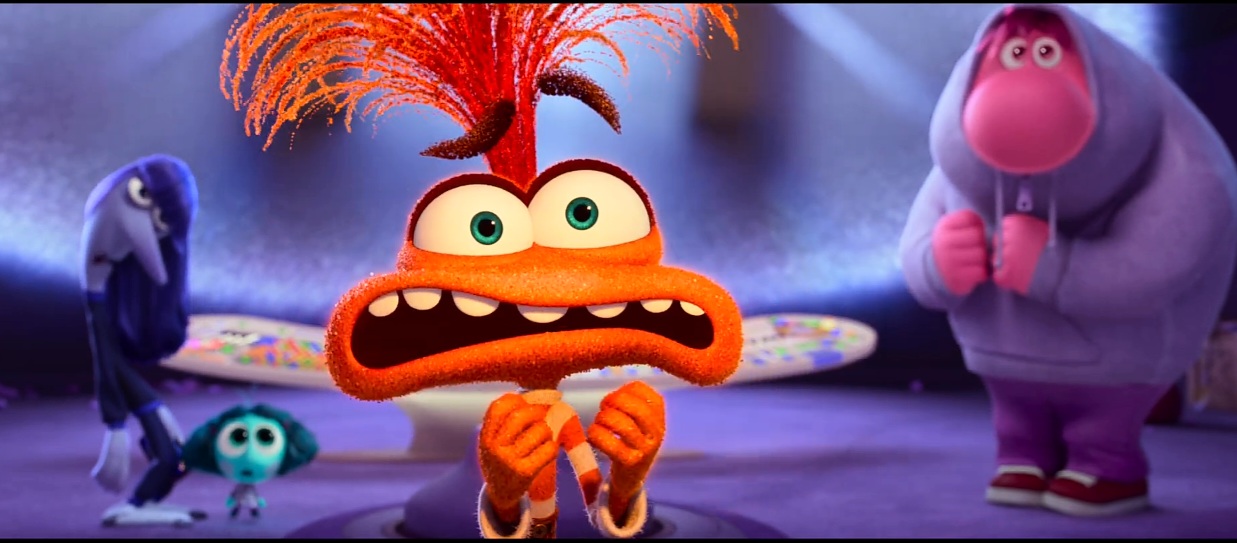
- Anxiety pushes Riley to stay up late practicing, robbing her of sleep.
- She encourages Riley to cut ties with Bree and Grace, damaging their friendship.
- She turns Riley’s admiration for Val Ortiz into an unhealthy obsession with joining the Fire Hawks, fearing that without this, she’ll be alone in high school.
- Anxiety forces Riley’s imagination to generate no-win scenarios that add to her stress and prevent her from sleeping.
- Over time, Anxiety’s influence causes Riley to become shallow, sarcastic, underhanded, and dishonest. She even sneaks into the coach’s office at night to see if she made the Fire Hawks.
When Riley’s new Sense of Self finally forms, its core belief is “I’m not good enough.” Anxiety is horrified by this outcome, as she genuinely believes she’s looking out for Riley. Despite this setback, Anxiety continues to push Riley toward joining the Fire Hawks, believing it will fix everything in the end.
Breaking Point
By the time the original emotions retrieve Riley’s original Sense of Self and return to Headquarters, both Riley and Anxiety have been pushed over the edge.
- Anxiety’s failure to fix her mistakes overwhelms her, triggering a full-blown panic attack in Riley.
- At the same time, the repressed memories flood into the Belief System, further complicating matters.
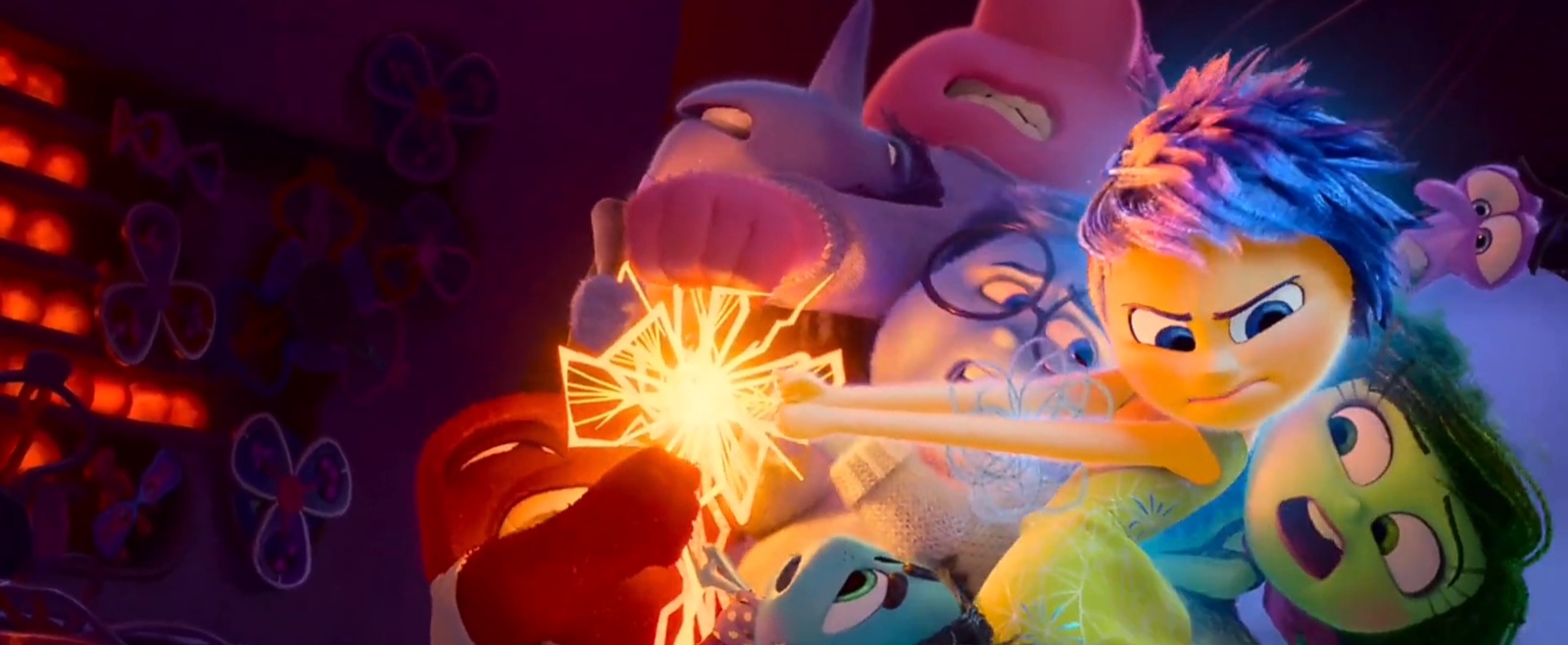
Only Joy can reach Anxiety, telling her that she can’t control who Riley is. Even getting Anxiety away from the console doesn’t immediately calm Riley. Joy reinstalls Riley’s old Sense of Self, but its concept of being a good person is in conflict with her behavior over the past three days.
“I’m sorry,” Anxiety says to Joy. “I was just trying to protect her. But you’re right—we don’t get to choose who Riley is.”
Letting Go of Control
Having her words thrown back at her makes Joy realize that both she and Anxiety have been in the wrong. Despite their good intentions, their need for control has hurt Riley more than it has helped her:
- Anxiety’s overthinking and lack of foresight destroyed Riley’s self-esteem, causing her to regress into the troubled girl she was in the first film.
- Because Joy repressed Riley’s negative memories, she never learned from her mistakes, leaving her vulnerable to Anxiety’s influence.
This epiphany prompts Joy to tear out the old Sense of Self, allowing a new one to form, built from both good and bad memories. The new Sense of Self is more dynamic, helping Riley reconcile her actions with her past self and calming her down from the panic attack.

Inside Out 2 reminds us that true growth comes from accepting who we are without trying to control every part of ourselves or our experiences. Just as Riley’s emotions learn to work together as guides rather than forces of control, we, too, must embrace the full spectrum of our feelings—both positive and negative. This new sense of balance gives Riley—and all of us—the courage to face life with an open heart and a resilient spirit.

